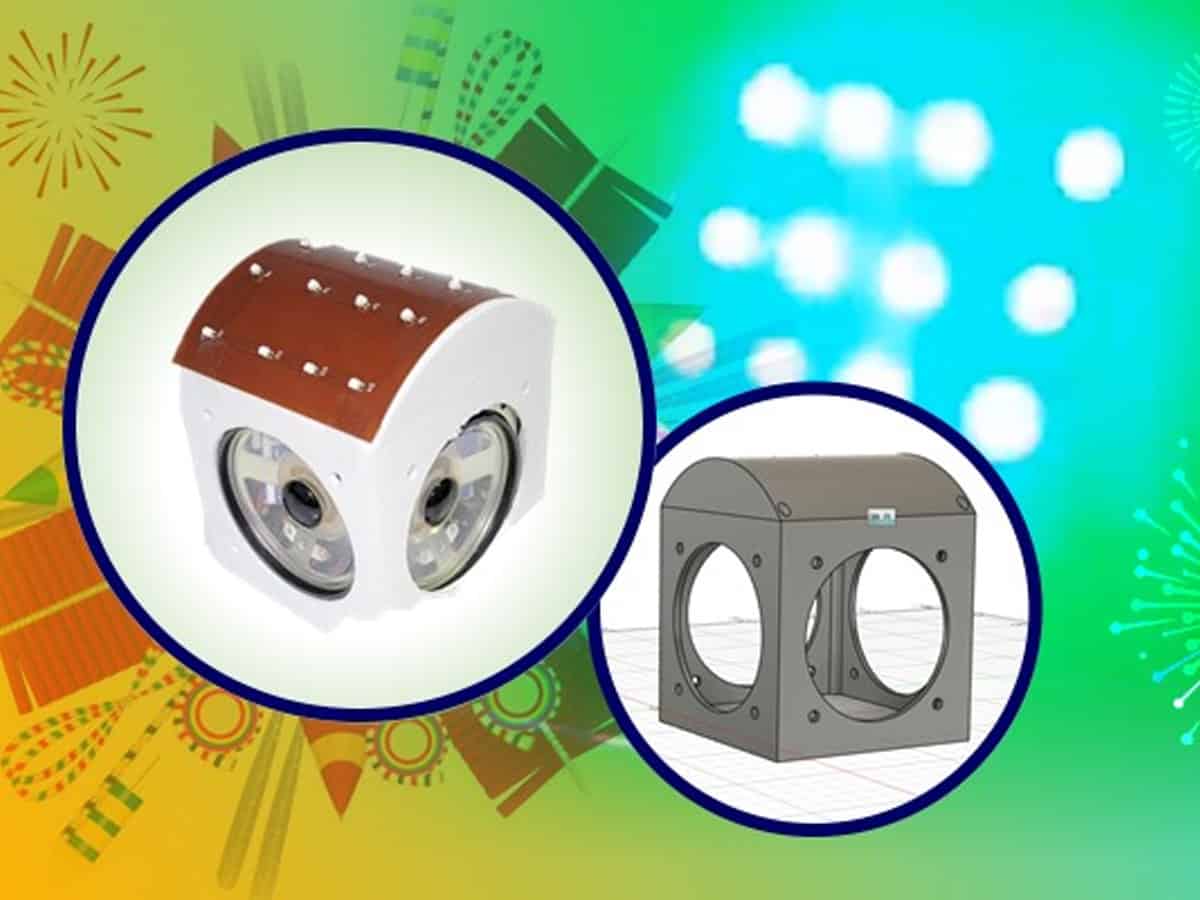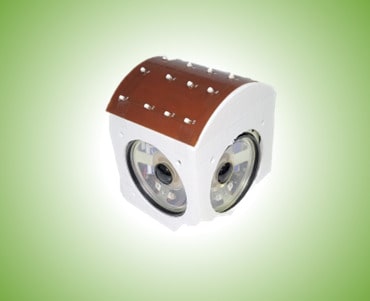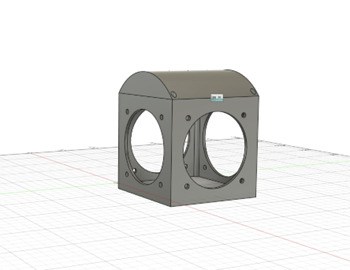
In a cracker of a development, researchers at the IIIT Hyderabad have come up with a prototype, e-cracker, which provides the sound sans pollution.
The e-cracker is compact, rechargeable and reusable. It uses electronic circuits to make all the light and sound, according to Dr Aftab Hussain, Associate Professor at the Center for VLSI and Embedded Systems Technology (CVEST) of the Institute.
The device can be one step closer to addressing the environmental issues surrounding Diwali, the widely celebrated festival of lights, following bursting of crackers in the country.


Diwali and Pollution
Diwali, has been a very popular festival of lights in India for long. In recent years controversy has broken out on the environmental impact of the festival.
The crackers burst in celebration are polluting the air, causing respiratory problems and are harmful. They should be banned, argue the opponents.
The case is severe in the capital, Delhi, where the winter smog, the stubble burning in neighbouring Punjab and Haryana escalate the pollution problem to its height.
While, a significant percentage of the practitioners of the centuries old, traditional festival are unwilling to accept this argument in toto, awareness campaigns are succeeding in slowly reducing the quantum of crackers burst. Courts have been playing their part in restraining the excesses.
There are several historical accounts to show that bursting of crackers or pyrotechnics existed from ancient times. Along with the dominant lights there was a fair share of sound too. In recent years, firecracker display is a common form of display to mark major events in several nations too.
The problems and controversy has arisen with the significant rise in air and noise pollution as a consequence to concerns the widespread use of fireworks during Diwali in the country.
Social media influencers and celebrities may well be exhorting the general public to “be a phataka and not light one”, but striking the right balance between tradition and eco-friendly practices is far from easy, says the IIITH, which took up the challenge to find out an innovative solution.
The IIIT H a plans to patent it soon as well as publish. At present the 3 D printed, prototype version cost between Rs 3000-4000. It is economical compared to the single use firecrackers as it can be recharged (lithium battery) and used innumerable times, says Aftab Hussain, who is a BTech from the IIT Roorkee.
The IIITH Substitute
While the controversy rages on, the encouraging and interesting development from the Hyderabad-based, International Institute of Information Technology ( IIITHyderabad) rings sweet to the ears.
The zero Vapour emitting, reusable Pataka called the e-cracker promises to address some of the concerns, says Dr Aftab Hussain, a post doctoral fellow from the Harvard University, Boston.
” The primary charm of fire crackers is the creation of light and sound, which can be created using electronic circuits. To design the cracker, we studied the light and sound outputs of the chemical fire crackers and created a circuit that can approximate that output. The key engineering challenge was the distribution of power to the circuit using a small lithium ion battery,” he explained.
Design of the Cracker
The IIITH researchers found a solution with the creation of an LED matrix( light emitting diode) and a set of several speakers to increase the light and sound output.
The working prototype includes a microcontroller, battery management system, amplifiers, speakers and the LED matrix, all contained in a small 10x10x10 cm box. The LED matrix was made using flexible PCB so that It can be placed as a dome on top of the device to distribute the light in a wider viewing angle, they explained.
Advaita Saxena, a PhD student who has been working on this device for the last eight months, says, “Being an engineer, it made me wonder if we could put technology to good use and come up with a solution to combat the hazardous emissions of fireworks.”
With firecrackers typically producing light and sound of the order of 1000-5000 lumens and 100-140dB respectively, they wanted to create something that was easy to use, portable, eco-friendly and gave the effect of a firecracker.
“For this, we looked for components that best suited our specifications and then designed a circuit for it. The circuit has been designed such that it can store sound files of multiple firecrackers and these can be played through the microcontroller which has a manual switch as well as Bluetooth control”, she explains.
How the Phataka Works
When the firecracker is switched on, it emits sounds of the crackers bursting while simultaneously making the LEDs flicker, producing an effect similar to that of a chemical firecracker. The entire setup is placed inside a box designed such that the circuit on hardboard PCB is concealed, revealing only the 4 speakers on 4 faces and a flexible PCB with the LEDs on top in a dome-like structure.
The Transistor and resistors are used for setting the voltage while capacitors are used for noise filtering. Additional features such as choosing the type of cracker sound as well as the ability to burst the e-cracker from a distance with the help of Bluetooth make it more attractive, the researchers explained.
With zero vapour emissions, the e-cracker is a reusable, pollution-free, handy device that can be connected multiple at a time for a greater effect. It can help in reducing the current pollution problem and also serve as a replacement at occasions like weddings and huge gatherings. For those who believe in going all out and bursting the ‘garland’ crackers or the ‘ladis’ as they are known, Dr. Hussain offers, “Because we can use wireless technology to control the bursting of crackers, we can create a pattern of bursting using a large set of the crackers creating a much larger sound/light effect.”
The versatility, the eco friendly nature of the device makes it a promising alternative. The economic feasibility and the widespread use needs to be worked out in the near future.



